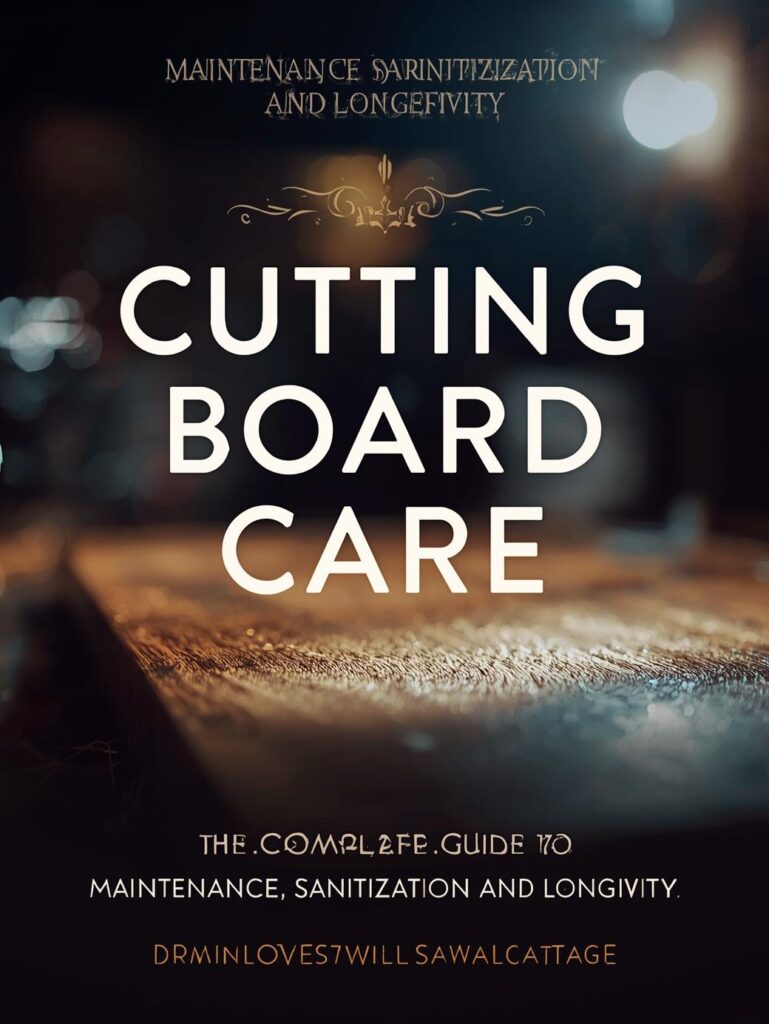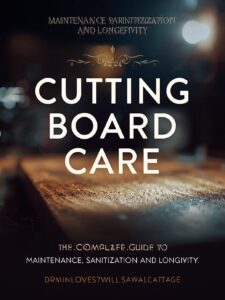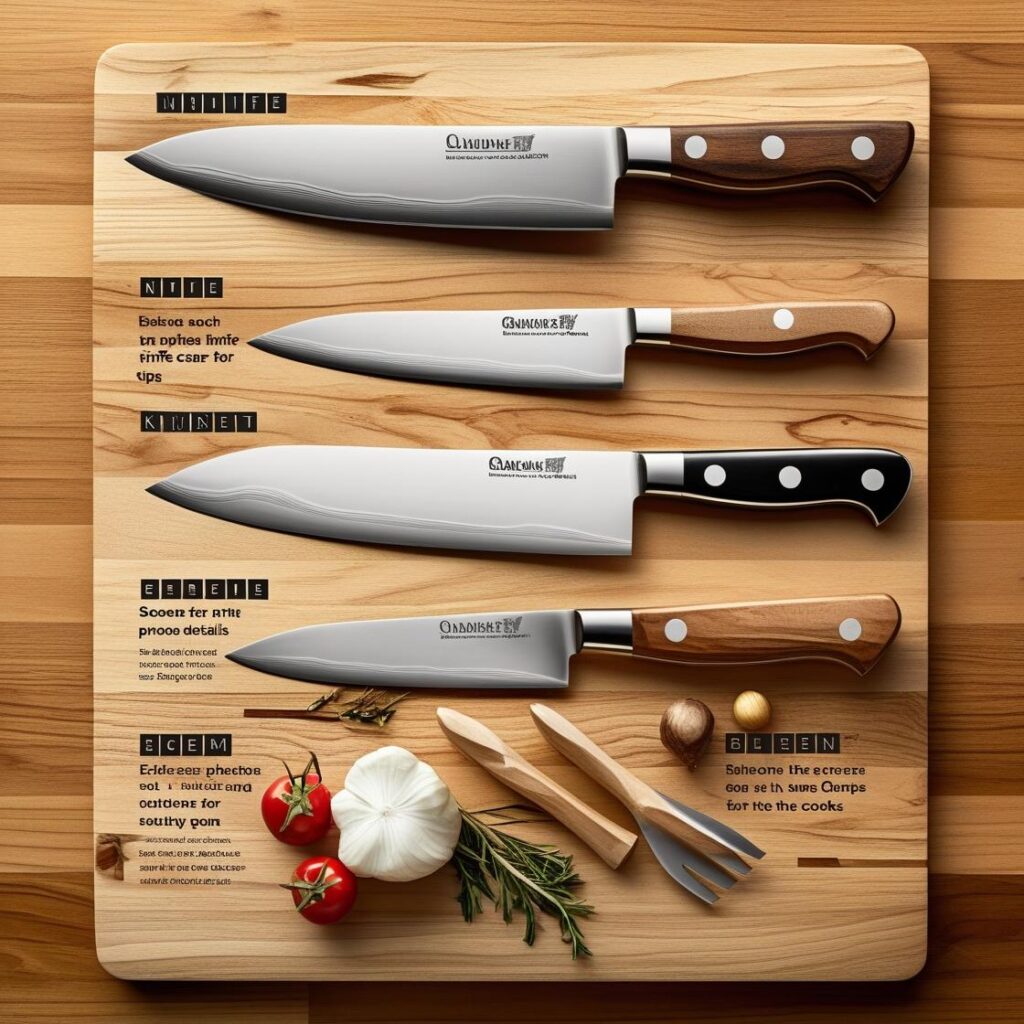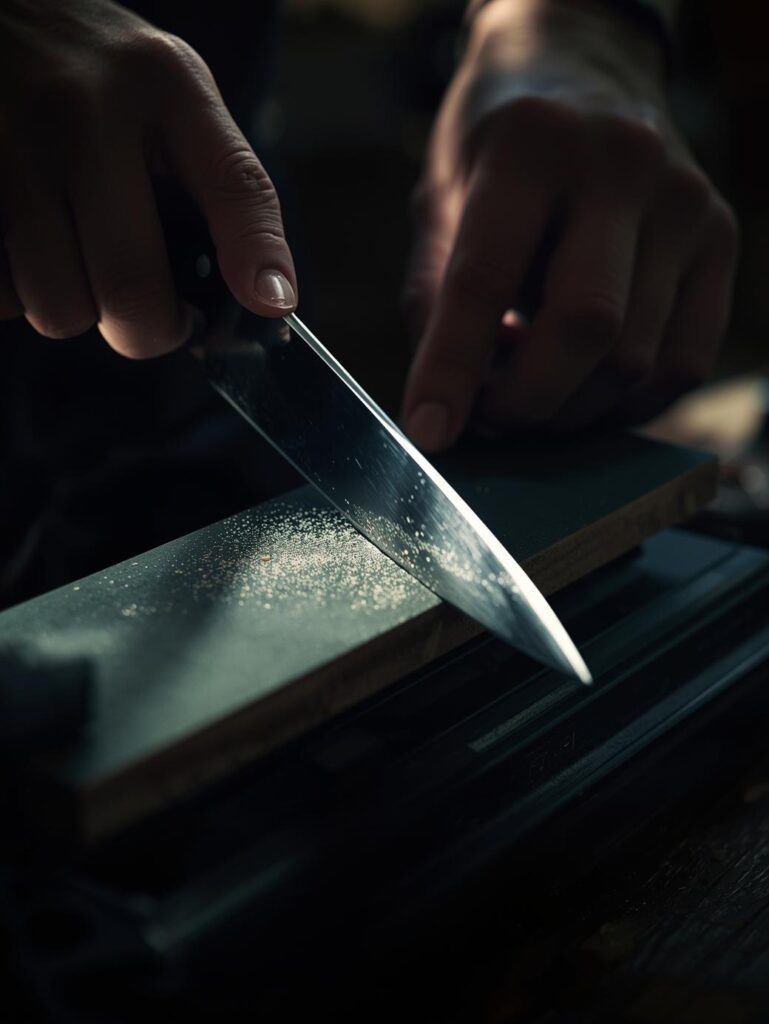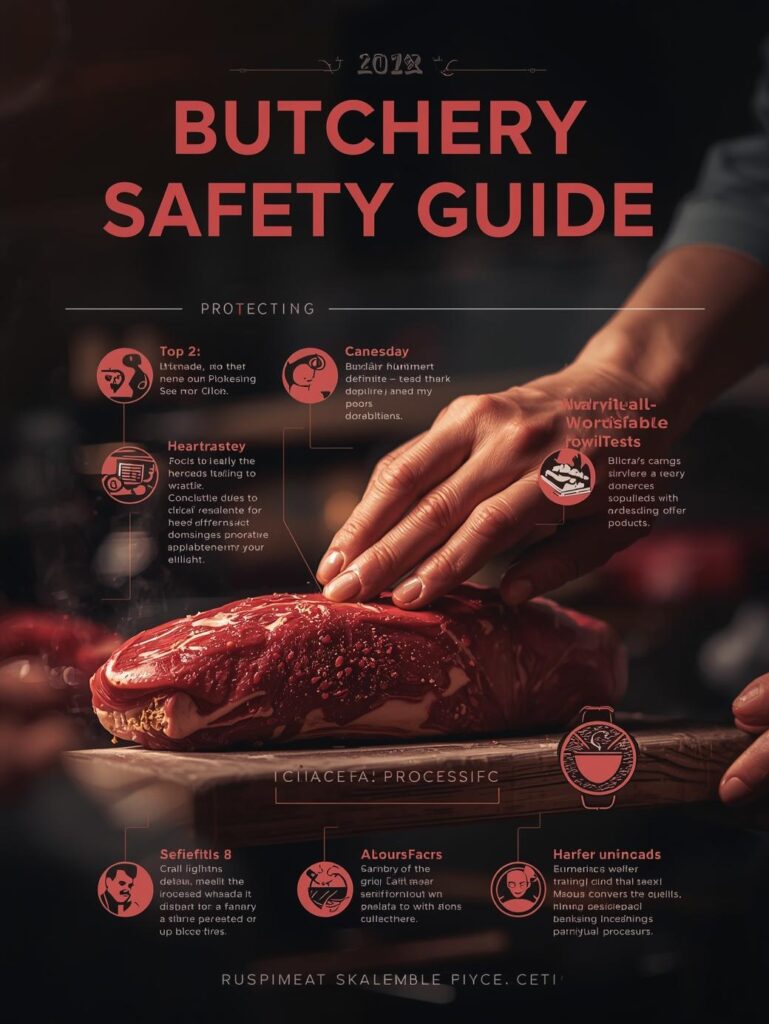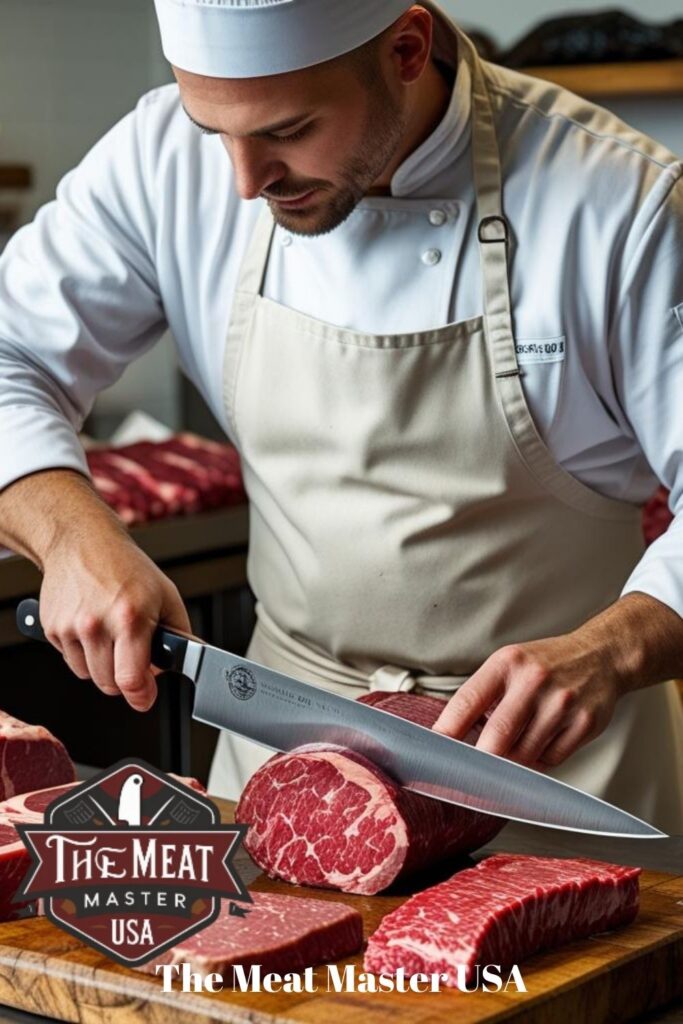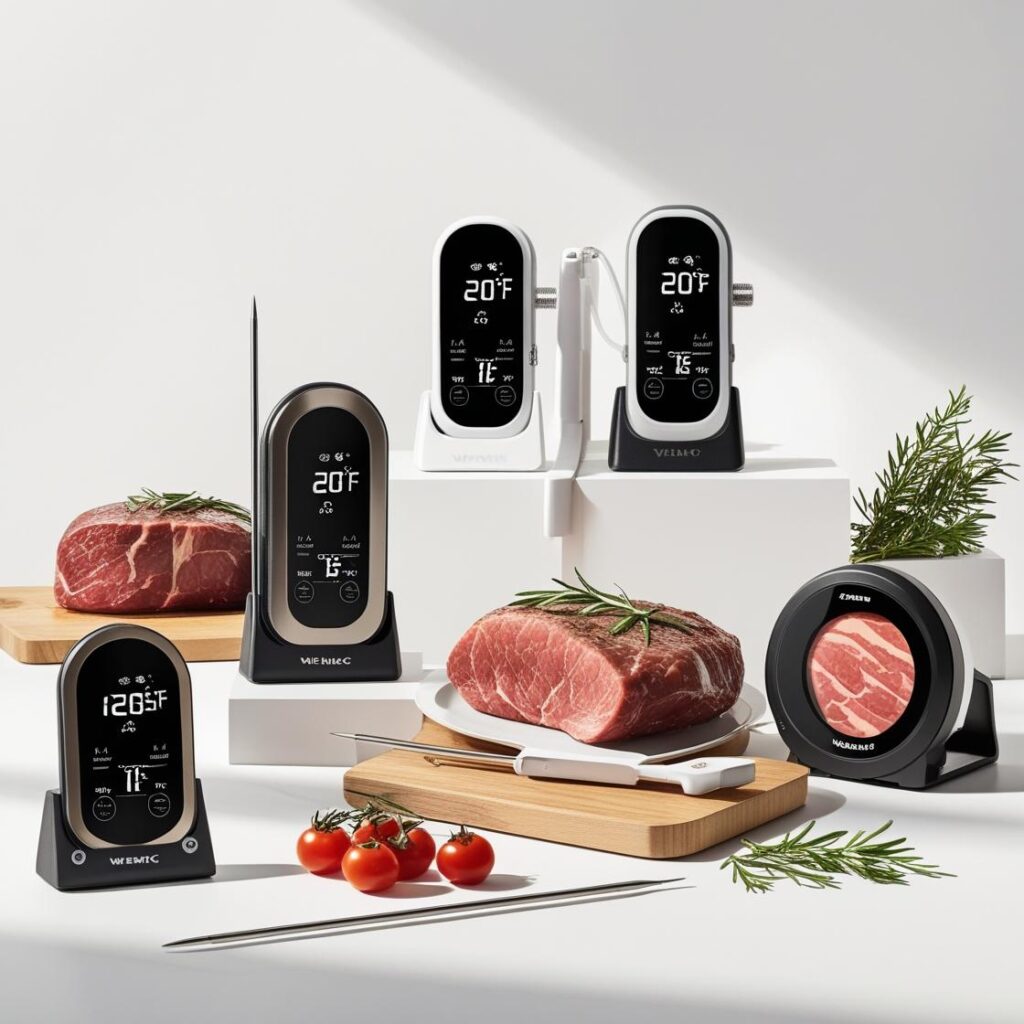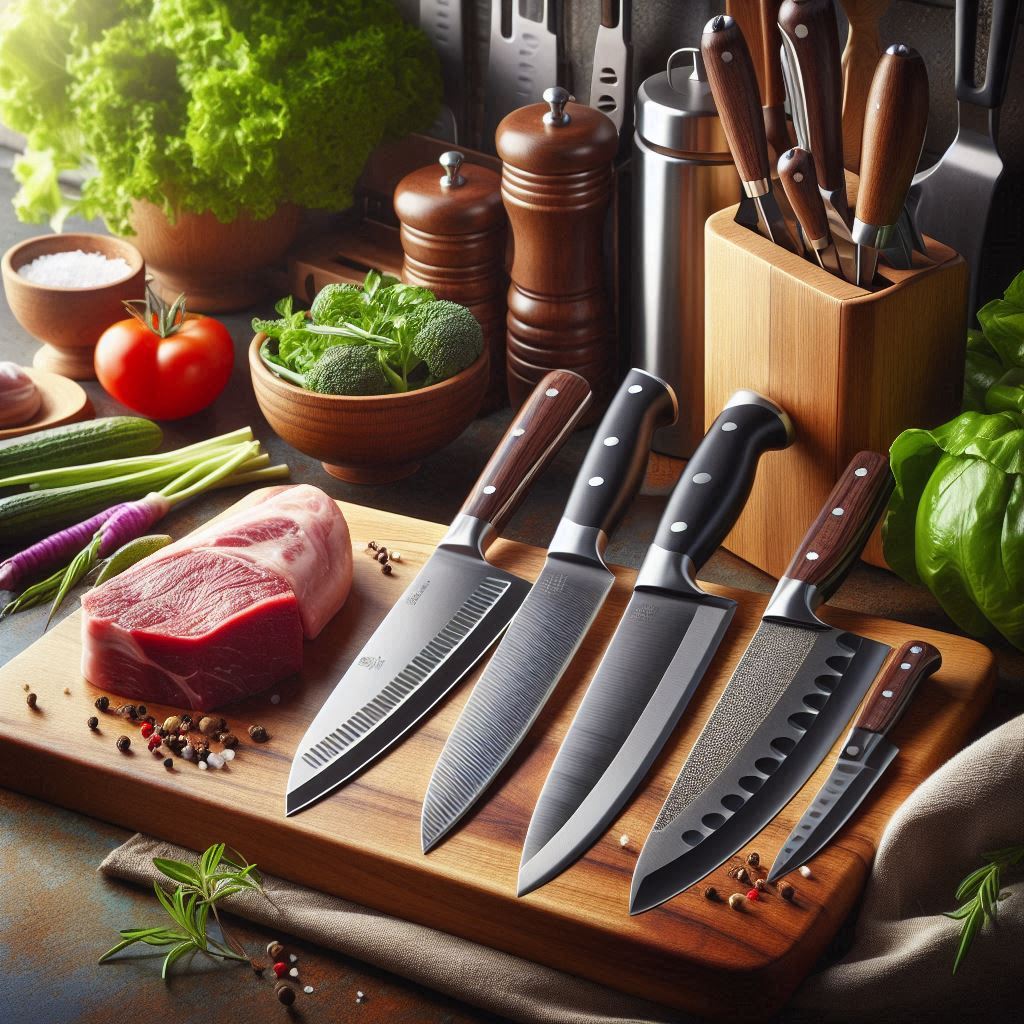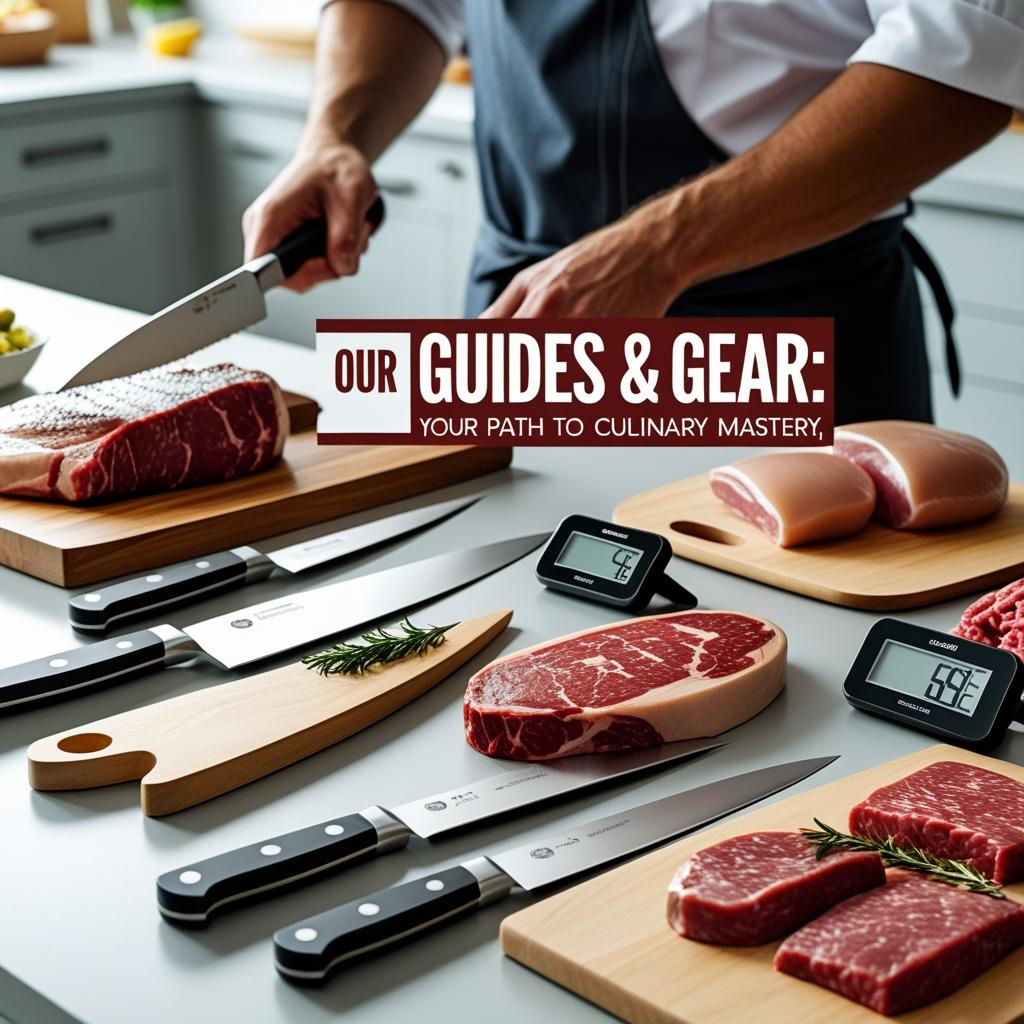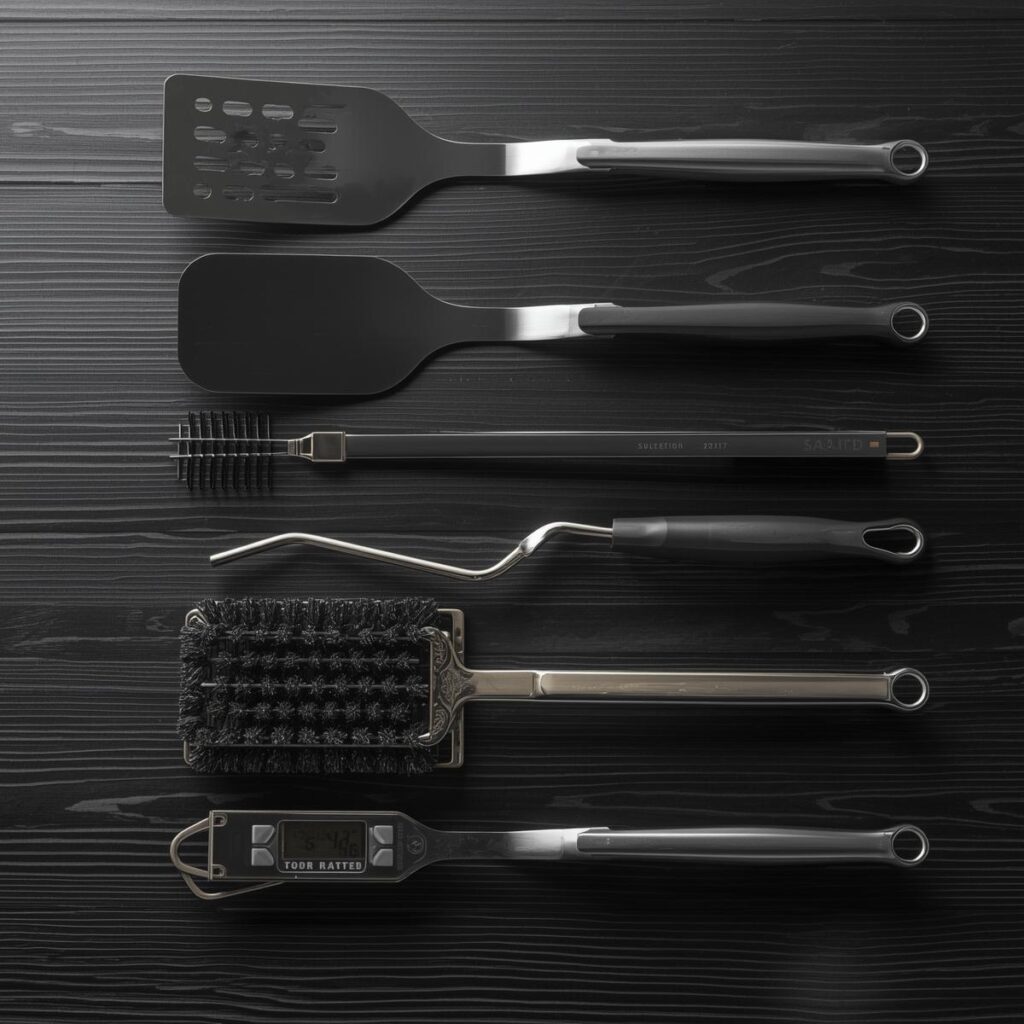Aussie Expert’s Note: This guide is part of our essential kitchen toolkit series. Your cutting board is the foundation of every great meal—it’s the stage where ingredients are transformed. A well-maintained board isn’t just a tool; it’s a partner in your culinary journey. Forget the fancy gadgets; mastering board care is one of the highest-return skills any cook can learn.
Cutting Board Care: The Complete Guide to Maintenance, Sanitization, and Longevity
“A cutting board is the silent workhorse of the kitchen. It witnesses every slice, dice, and chop, absorbing the impact so your knives don’t have to. Proper care isn’t about vanity; it’s about food safety, knife preservation, and respect for the craft. A well-loved board tells the story of countless meals shared, and with the right care, that story can last for generations.”
Cutting Board Care: The Complete Guide to Maintenance, Sanitization, and Longevity
Download the Ultimate Cutting Board Care Checklist - Oiling, Cleaning & Maintenance Schedules
Your cutting board is the foundation of every preparation task—the silent partner that supports every slice, chop, and dice. Whether you’re working with a cherished hardwood board or a commercial-grade poly surface, the care you provide directly impacts your results, your knife edges, and most importantly, food safety. This guide will transform your board from a simple slab into a trusted culinary partner.
🎯 THE CUTTING BOARD PHILOSOPHY: MORE THAN JUST A SURFACE
Understanding why board care matters is the first step toward mastery.
⚙️ The Four Pillars of Cutting Board Excellence
Where Function Meets Tradition
- The Knife’s Best Friend: A proper board protects your knife edges. The slight give in wood or quality plastic absorbs impact, preventing the micro-fractures that dull blades on hard surfaces like glass or stone.
- Food Safety Frontier: Your board is the first line of defense against cross-contamination. Proper cleaning and maintenance create a surface that’s hygienically superior to any countertop.
- The Work Surface Legacy: A well-maintained wood board develops character over years, telling the story of meals prepared and skills honed. It becomes part of your kitchen’s soul.
- Precision Platform: A flat, stable, well-maintained board provides the confidence for precise cuts. No slipping, no bouncing, just clean technique meeting perfect surface.
🎯 Wood vs. Plastic: The Great Debate
🇺🇸 Wood Boards
- Knife-edge friendly
- Natural antimicrobial properties
- Develops character over time
- Requires regular maintenance
- Heavier, more stable
- Ideal for all-purpose use
🇦🇺 Plastic Boards
- Dishwasher safe
- Color-coded for safety
- Lightweight and stackable
- Replaceable, affordable
- Can harbor scratches
- Best for raw meat prep
🔪 THE BOARD MATERIAL LEXICON: KNOW YOUR SURFACE
Choosing the right board is half the battle—maintaining it properly wins the war.
🗣️ Essential Board Types & Their Personalities
From Butcher Blocks to Bamboo
- End-Grain Wood: The luxury sedan of boards. Self-healing surface, incredibly knife-friendly, perfect for heavy chopping. Shows use beautifully but requires the most maintenance.
- Edge-Grain Wood: The reliable workhorse. Durable, shows wear slowly, easier maintenance than end-grain. Ideal for daily drivers who want wood’s benefits without extreme upkeep.
- HDPE Plastic: The commercial kitchen champion. Non-porous, dishwasher safe, affordable. Perfect for color-coded systems and raw meat prep.
- Bamboo: The eco-friendly option. Incredibly hard surface (can be tough on knives), very sustainable. Good for light duty but not ideal for heavy butchering.
- Butcher Block: The professional’s choice. Thick, heavy, incredibly durable. Often used as countertop material or standalone table. Requires serious commitment to maintenance.
- Composite/Epoxy: The modern marvel. Non-porous, incredibly durable, often stunning visuals. Low maintenance but can be hard on knives.
📊 The Ultimate Cutting Board Care Matrix
🎯 Maintenance Schedule by Board Type & Use
| Board Type | Daily Cleaning | Oiling Frequency | Deep Clean | Lifespan |
|---|---|---|---|---|
| End-Grain Wood | Hand wash, dry immediately | Monthly | Salt/Lemon quarterly | 20+ years |
| Edge-Grain Wood | Hand wash, dry vertical | 6-8 weeks | Salt/Lemon quarterly | 10-15 years |
| HDPE Plastic | Dishwasher safe | Never | Bleach solution monthly | 2-5 years |
| Bamboo | Hand wash, dry quickly | 8-10 weeks | Vinegar spray monthly | 5-8 years |
| Butcher Block | Wipe clean, occasional wash | 2-3 weeks | Annual sanding | Lifetime |
🔥 THE OILING RITUAL: WOOD BOARD RESURRECTION
Oiling isn’t maintenance—it’s resurrection for tired wood.
🎪 The Sacred Oiling Ceremony
Breathing Life Back Into Wood
- Mineral Oil is King: Food-grade mineral oil is the gold standard. It doesn’t go rancid, is odorless and tasteless, and penetrates deeply. Avoid vegetable oils—they turn sticky and rancid.
- Beeswax for Sealing: A beeswax and mineral oil blend creates a protective surface seal. Use after oiling for extra protection, especially for boards that see heavy use.
- The Soak Method: For seriously thirsty boards, pour oil generously and let it soak overnight. Wipe off excess in the morning. This can resurrect boards that seem beyond saving.
- Climate Matters: Dry climates demand more frequent oiling. If your board looks light or feels rough, it’s screaming for oil. Humid climates might get away with less frequent treatment.
- Heat Assistance: Slightly warming the board (not hot!) helps oil penetration. A few minutes in sunlight or a warm oven (OFF) can work wonders.
- The Drip Test: A drop of water should bead up on a properly oiled board. If it soaks in immediately, your board is thirsty for oil.
🍖 THE CLEANING PROTOCOL: SANITATION & SAFETY
Proper cleaning is where food safety meets board longevity.
🪵 Wood Board Cleaning
Gentle But Thorough
- Immediate Action: Clean immediately after use, especially with raw meat or strong-smelling foods like onions and fish.
- Cold Water First: Rinse with cold water to remove proteins before using warm soapy water. Hot water sets stains and odors.
- Scrape, Don’t Soak: Use a bench scraper to remove debris. Never soak wood boards—they’ll warp and crack.
- Vertical Drying: Air dry vertically to ensure both sides dry evenly and prevent warping.
🔄 Plastic Board Sanitation
Commercial-Grade Clean
- Dishwasher Safe: Most HDPE boards are dishwasher safe, but check manufacturer guidelines. Top rack only to prevent warping.
- Bleach Solution: For raw meat prep, use 1 tbsp bleach per gallon of water. Soak 2-3 minutes, rinse thoroughly.
- Inspect for Damage: Deep grooves harbor bacteria. Sand smooth or replace when grooves become pronounced.
- Color Coding: Implement the professional system: Red for meat, Blue for fish, Green for produce, White for dairy.
🧂 THE DEEP CLEAN: REJUVENATION TECHNIQUES
When daily cleaning isn’t enough—the restoration protocols.
🎯 The Three Rescue Missions
Bringing Boards Back From the Brink
- Salt & Lemon Stain Treatment: Coarse salt sprinkled over the surface, half lemon used as scrubber. Circular motion, let sit 5 minutes, rinse. Removes stains and odors naturally.
- Baking Soda Paste for Odors: Baking soda and water to form thick paste. Apply to affected areas, let dry completely, scrub off. Excellent for onion and garlic odors.
- Vinegar Disinfection: 1:4 vinegar to water in spray bottle. Spray generously, let sit 5 minutes, wipe clean. Food-safe disinfectant for wood boards.
- Hydrogen Peroxide for Stains: 3% solution applied directly to stains, let bubble, rinse. Effective on berry stains and deep discoloration.
- Sunlight Oxygenation: Brief sunlight exposure (30-60 minutes) helps eliminate odors. Don’t overdo it—UV rays can damage wood.
- Sanding Resurrection: For deeply scarred boards, sand with grain: 120-grit to remove damage, 220-grit to smooth, oil immediately after.
📋 THE ULTIMATE BOARD CARE TIMELINE
The Rhythm of Proper Board Maintenance
After Every Use (0-5 min)
Scrape debris, hand wash with mild soap, rinse thoroughly, dry vertically, store properly.
Weekly Maintenance (10-15 min)
Salt/lemon treatment if used for strong foods, inspect for damage, check oil needs.
Monthly Deep Care (20-30 min)
Full oiling treatment, deep cleaning, condition check, repair assessment.
Annual Restoration (1-2 hours)
Sanding if needed, intensive oil soak, overall assessment, replacement consideration.
🚨 CUTTING BOARD TROUBLESHOOTING: COMMON PROBLEMS SOLVED
🎯 Fixing Common Cutting Board Issues
| Problem | Symptoms | Cause | Professional Fix |
|---|---|---|---|
| Warping | Board rocks, doesn’t sit flat | Uneven drying, dishwasher, moisture imbalance | Damp cloth on concave side, even weight distribution for 24-48 hours |
| Cracking | Visible splits in wood | Extreme dryness, rapid temperature changes | Wood dust + glue fill, overnight oil soak, consider replacement if structural |
| Deep Grooves | Visible cutting marks, bacteria risk | Heavy use, improper knife technique | Sanding: 120-grit to level, 220-grit to smooth, re-oil immediately |
| Persistent Odors | Smells linger after cleaning | Porous wood, inadequate cleaning | Baking soda paste overnight, sunlight exposure, vinegar spray |
| Stains | Discoloration from foods | Berries, beets, turmeric absorption | Salt/lemon scrub, hydrogen peroxide spot treatment, embrace character |
🏁 MASTERING YOUR CULINARY FOUNDATION
Proper cutting board care transforms your kitchen experience. It’s not just about maintaining a tool—it’s about honoring the foundation of every meal you create. A well-cared-for board becomes part of your culinary identity, developing character while maintaining functionality through years of service.
Remember: your board is the stage where ingredients become meals, where technique meets ingredients, where your culinary story unfolds. Treat it with respect, maintain it with knowledge, and it will serve you faithfully through countless meals and memories.
Start your board care journey today with a simple oiling session. Feel the wood drink in the oil, watch the grain come alive, and know you’re preserving not just a tool, but a partner in your culinary adventures.
🔪 MASTER YOUR KNIFE SKILLS NEXT →
Pair your perfect board with professionally sharpened knives
Complete Your Kitchen Toolkit: Master all aspects of meat preparation and safety.

